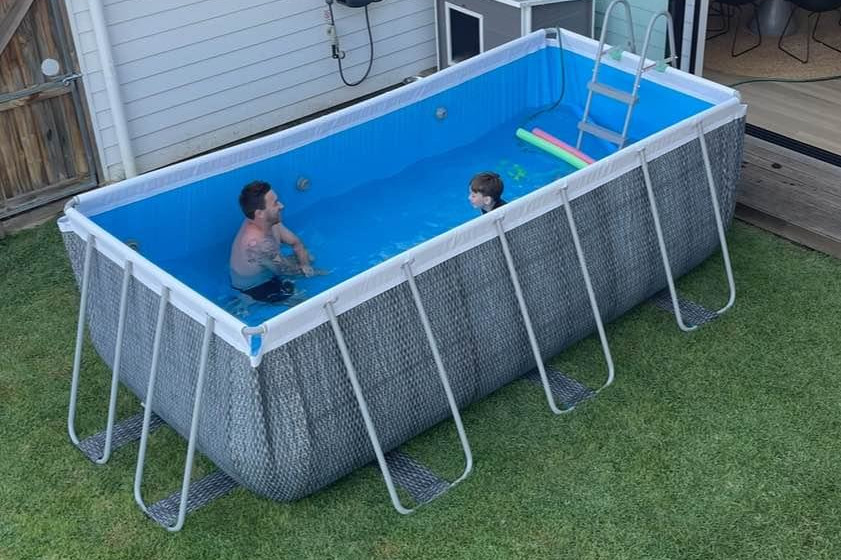Backyard and portable pool safety
by Brighton Council

As we enter the warmer months, it’s especially timely to check that all pools, including backyard and portable pools, are secure and meet safety standards. Pool owners must follow specific guidelines to protect children from preventable accidents.
You might be familiar with fencing requirements for traditional pools, but did you know that portable pools are also subject to safety regulations? Often referred to as ‘kiddie pools’ or ‘splash pools’, these pools can vary in size and may be blow-up or made from flexible plastic or canvas.
In Australia, on average one child dies every year from drowning in a portable pool. In addition to that, estimates indicate that for every child fatality in a portable pool, there are a further eight children hospitalised due to a non-fatal drowning in a portable pool. Some of those children hospitalised may be left with brain injuries, requiring ongoing care and being at risk of premature death. Young children can drown in as little as a few centimetres of water, and it only takes seconds for an accident to occur.
When a pool contains water deeper than 30 centimetres, fencing is legally required in most states, including Tasmania. If a portable pool does not have a barrier, you must empty it immediately after use. Leaving a portable pool filled can increase risks, especially if a compliant safety barrier is not in place. The Consumer, Building and Occupational Services (CBOS) website provides detailed information on fencing requirements and access barriers.
Look for the pool’s warning label and read it carefully. If you spot a portable pool without a warning label, report this to your local consumer affairs agency, through www.consumerlaw.gov.au.
Before you set up and fill your portable pool, go through the Make it SAFE checklist:
- Supervise: Once the pool has water in, you’ll need to actively watch any child, within arm’s reach at all times, so you can prevent anything from going wrong. It’s too much responsibility to leave older children in charge of younger kids and they may not recognise the signs of drowning.
- Act: Learn what to do in the event of a child drowning incident. You’ll need to know how to carry out CPR. It’s important to start compressions and breaths right away when a child is pulled from the water, and to call Triple Zero (000) so help is on the way. If possible, shout for someone to call Triple Zero (000) while you continue CPR.
- Fence. In most parts of Australia, if a pool has more than 30 cm of water in it, there’s a legal requirement for it to be fenced. You need to check with your local council or government agency for safety barrier rules.
- Empty and store away portable pools. Pour out the water, deflate the portable pool and keep it safely out of reach of children when not in use. Never leave an empty pool in a place where it can refill with rain or sprinkler water.
For pool safety barrier information, visit www.cbos.tas.gov.au/topics/products-services/safety/pool-safety-barriers.

